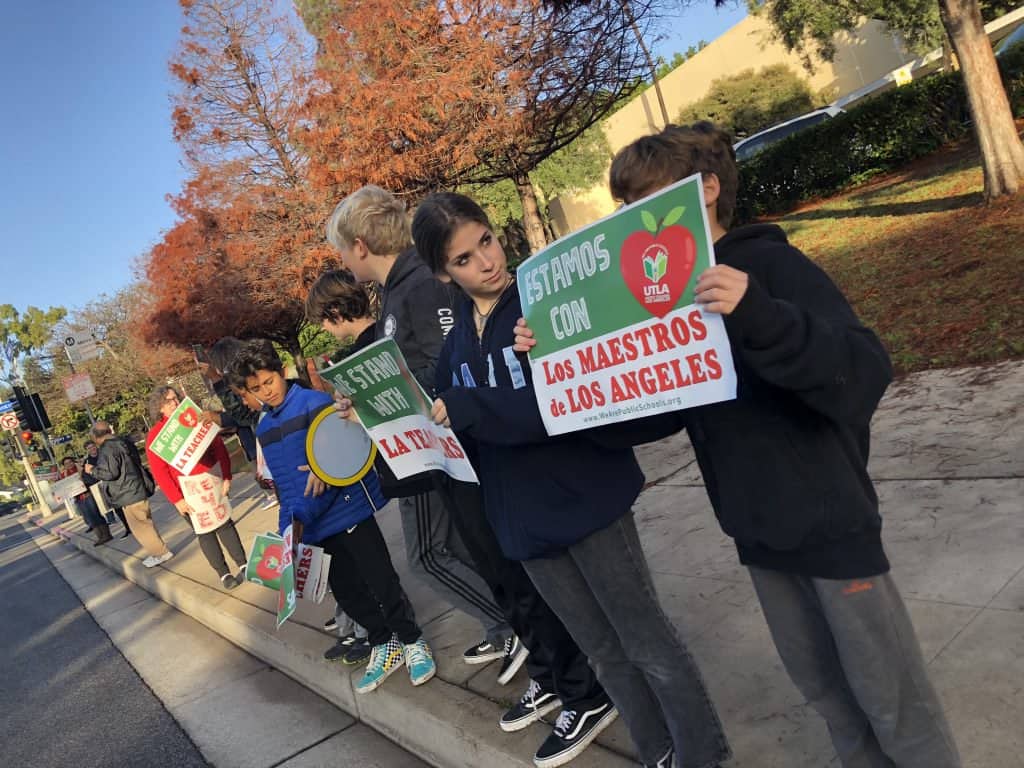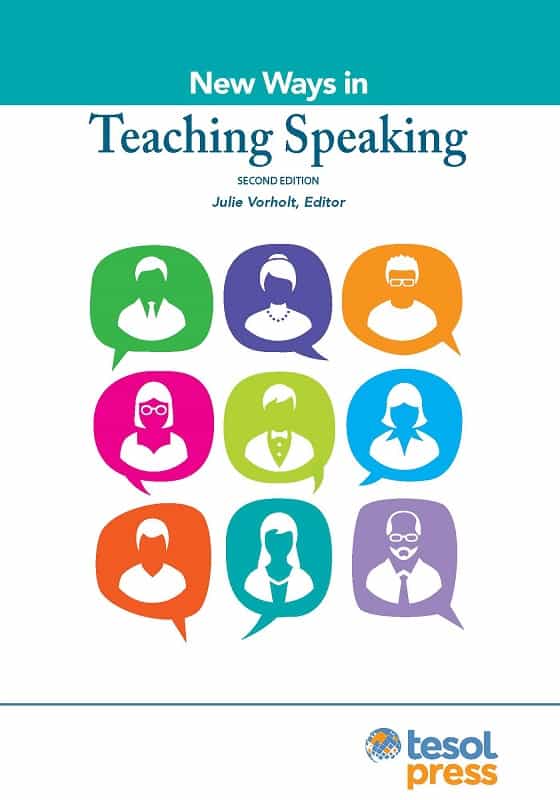
Weakening of districts and unions through increased ‘charterization’ was at the heart of the dispute
Now that the teachers’ strike in the nation’s second largest school district (Los Angeles Unified-LAUSD) with the highest number (over 160,000) of English Language Learners (ELLs) has come to an end after six days, it makes sense to analyze what caused the district’s first strike in 30 years, especially since teachers in Denver and Oakland, which also have large minority populations, are on the verge of walking out.
Of course, pay was one of the reasons behind the disagreement but United Teachers of Los Angeles (UTLA, which counts about half of the city’s teachers as members) was prepared to accept a staggered six percent pay rise before the strike. So, this strike was about much more than pay.
It’s telling that first on UTLA’s summary of the deal was the agreement that “the Board of Education [BOE] will vote on a resolution calling on the state to establish a charter school cap and the creation of a Governor’s committee on charter schools at the next BOE meeting,” whereas LAUSD’s press release only mentions that they “also agreed to work together through joint committees that would provide recommendations on Charter co-location” and other topics in its final paragraph.
With 277 charter schools, Los Angeles already has more than any other school district in the U.S., but 53 of those schools are affiliated to the district. The creation of more charter schools has become a contentious issue because they can operate independently of LAUSD, thus reducing the district’s income, and, by the same token, their teachers negotiate separate contracts, which undermines teachers’ unions.
According to UTLA, the parties agreed by the end of June, the district will designate 20 community schools, with an additional ten the following year. These community schools will have additional funding (with UTLA positions) and their Local School Leadership Councils will have full discretion over all budgetary items outside of infrastructure.
Some Angelenos, especially those in more affluent areas where charters are very popular, want to limit the scope and power of LAUSD and the teacher unions. However, LAUSD and the unions will need to combine their resources if they are to tackle the underlying problem of inadequate education spending.
Despite recent increases and the introduction of the Local Control Funding Formula, California still ranks in the bottom ten states in per pupil spending, so it’s hardly surprising that most of the strike agreement is about money.
Under the agreement, not only will UTLA, LAUSD, and the Mayor’s office jointly advocate for increased county and state funding, but LAUSD will:
- Decrease class sizes in G4-12 by four students over the next three years;
- Eliminate Section 1.5, which had previously allowed the district to unilaterally ignore all class size averages and caps;
- Increase salaries by six percent;
- Provide 300 more school nurses;
- Provide 82 more school librarians;
- Provide 77 more school counselors.
In among some of the other agreements on hours and procedures, is an agreement to create a joint committee to “provide recommendations on the English Learner Master Plan including American Sign Language,” and another “to identify all district assessments [and] develop a plan to reduce the amount of assessments by 50%.”
LAUSD Superintendent Austin Beutner was appointed just a few months ago after a contentious and expensive school board race in 2017, in which charter school supporters spent about $10 million to gain control of the board. Beutner claimed that giving in to union demands would bankrupt it and lead to teacher layoffs, while UTLA disagreed, saying that the District was holding on to $1.9 billion in unrestricted reserves.
During the strike, schools were kept open with skeleton staff by administrators who encouraged parents to send their children as usual. However, despite over 1000 school buses running every day and the childcare necessities of working families, only about a third of the district’s students were in attendance during the strike, indicating an unexpected level of support for teachers among parents, and causing a massive decrease in state funding for the district.
LAUSD enrolls more than 650,000 students at over 900 schools, over 710 square miles. The ethnic composition of the LAUSD student population is primarily Latino (73.4%); the remainder are African American (10.0%), White (8.8%), Asian (3.9%), Filipino (2.2%), Pacific Islander (.04%), American Indian (.04%) and two or more races, not Latino, (1%). In all, 92 languages other than English are spoken in LAUSD schools. The primary languages of its 160,000 English language learner students are Spanish (93.4%), Korean (1.1%), and Armenian (1.1%) with Tagalog, Cantonese, Arabic, Vietnamese, and Russian each accounting for less than 1% of the total.














